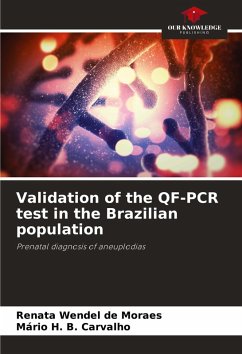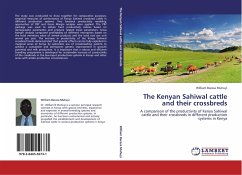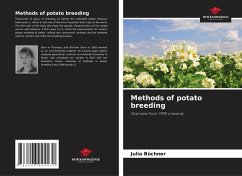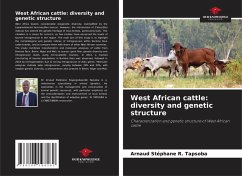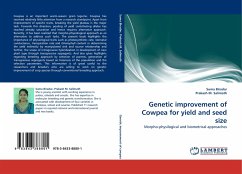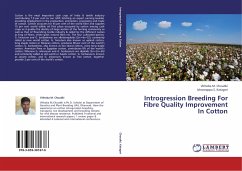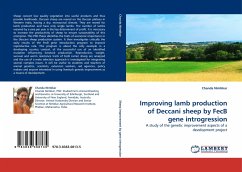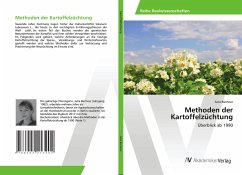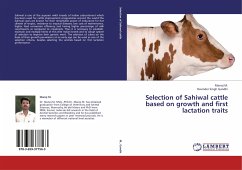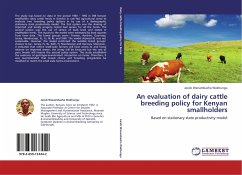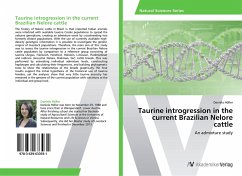
Taurine introgression in the current Brazilian Nelore cattle
An admixture study
Versandkostenfrei!
Versandfertig in 6-10 Tagen
19,99 €
inkl. MwSt.

PAYBACK Punkte
10 °P sammeln!
The history of Nelore cattle in Brazil is that imported Indian animals were interbred with available taurine Creole populations to spread the zebuine germplasm, creating an admixture event by crossbreeding two formerly distant populations. With the use of currently available high-density genotypic information it is possible to investigate the genetic origins of livestock populations. Therefore, the main aim of this study was to assess the taurine introgression in the current Brazilian Nelore cattle population by comparison to a reference group consisting of taurine (Angus, Fleckvieh, Hereford,...
The history of Nelore cattle in Brazil is that imported Indian animals were interbred with available taurine Creole populations to spread the zebuine germplasm, creating an admixture event by crossbreeding two formerly distant populations. With the use of currently available high-density genotypic information it is possible to investigate the genetic origins of livestock populations. Therefore, the main aim of this study was to assess the taurine introgression in the current Brazilian Nelore cattle population by comparison to a reference group consisting of taurine (Angus, Fleckvieh, Hereford, Holstein, Limousin, Piedmontese) and indicine (ancestral Nelore, Brahman, Gir) cattle breeds. This was performed by estimating individual admixture levels, constructing haplotypes and calculating their frequencies, and building phylogenetic trees to show the relationships of the breeds graphically. The final results support the initial hypothesis of the historical use of taurine females, yet the analyses show that very little taurine ancestry has remained in the genome of the current population with variations at the individual and group level.



